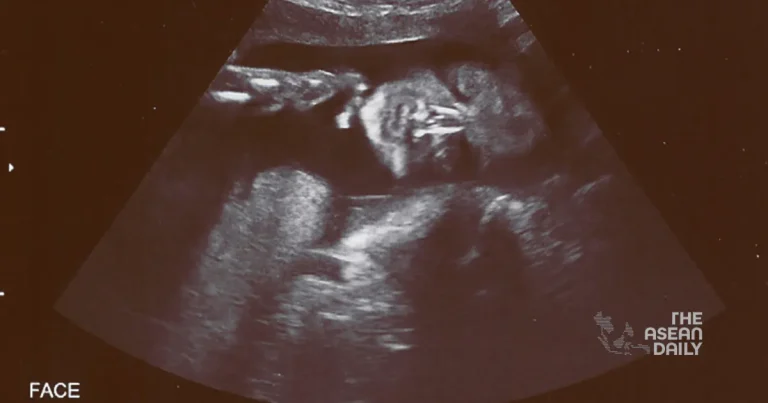1-7-2024 (BEIJING) In a fascinating blend of technology and parental curiosity, a novel artificial intelligence (AI) service that claims to predict an unborn baby’s facial features has taken China by storm. Advertised across e-commerce platforms, this innovative offering has gone viral, attracting tens of thousands of customers eager to catch a glimpse of their little one’s future face.
For a modest fee ranging from 10 yuan (US$1.4) to 30 yuan on China’s largest e-commerce platform, Taobao, operated by Alibaba, the service providers promise to use AI algorithms to generate a picture of a newborn baby’s face based on one or more ultrasound images provided by the expectant parents.
The process leverages advanced technology, with some vendors employing the renowned generative AI program, Midjourney. By inputting the ultrasound images and a series of text prompts, Midjourney generates a set of four potential facial renderings for the parents to choose from.
While the service’s popularity is undeniable, with customers flocking to experience this technological marvel, the accuracy and reliability of the generated images remain a subject of debate. The likeness and clarity of the AI-generated faces vary greatly, with some users expressing disappointment at the lack of resemblance to their actual newborns.
Critics argue that the entire premise of using ultrasound scans to predict a baby’s facial features is inherently flawed. These scans, also known as anomaly or anatomy scans, are composite images derived from multiple footage captured by several cameras, often resulting in blurred or distorted facial features if the baby is in motion during the scan.
Despite these limitations, the allure of the AI-powered “baby face prediction” service remains strong among Chinese parents. For many, the appeal lies not in the scientific accuracy of the results but in the novelty and entertainment value of the experience. Some even view it as a lucky charm, eagerly awaiting the birth of their child to compare the AI-generated images with reality.
In the comment sections of these services, customers express a sense of playful anticipation, referring to the process as a “blind box” and wishing each other luck in seeing if their newborns resemble the AI predictions.




